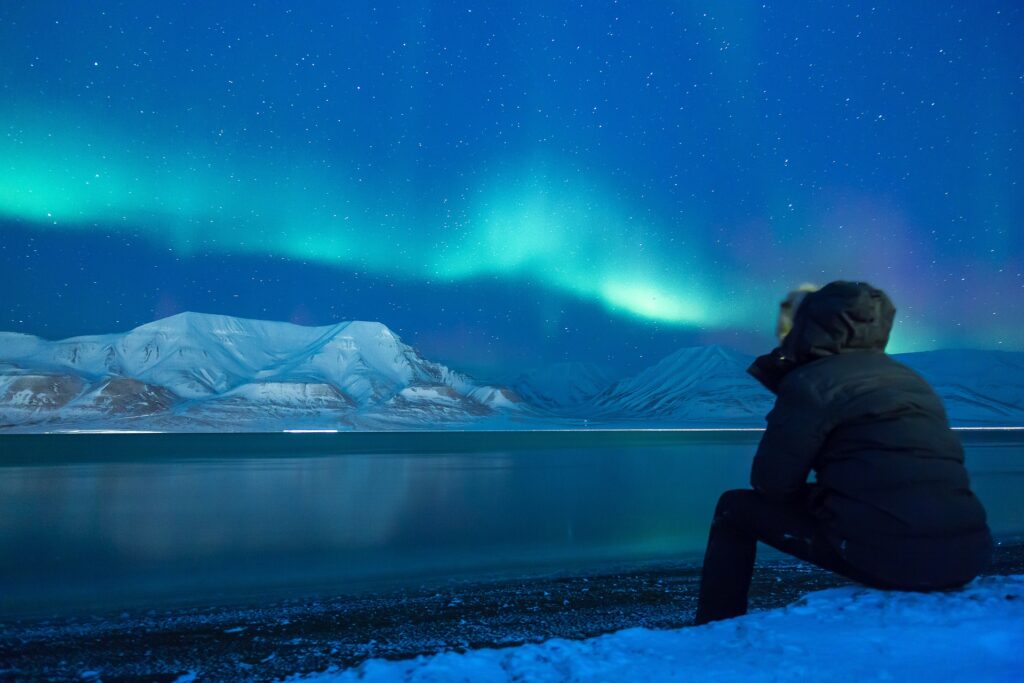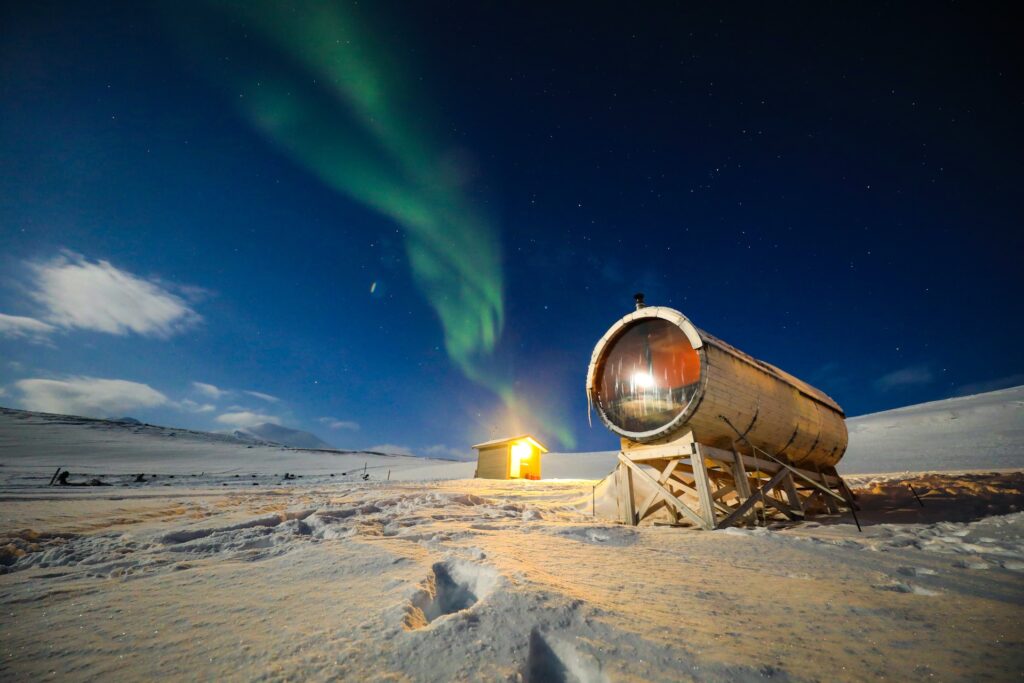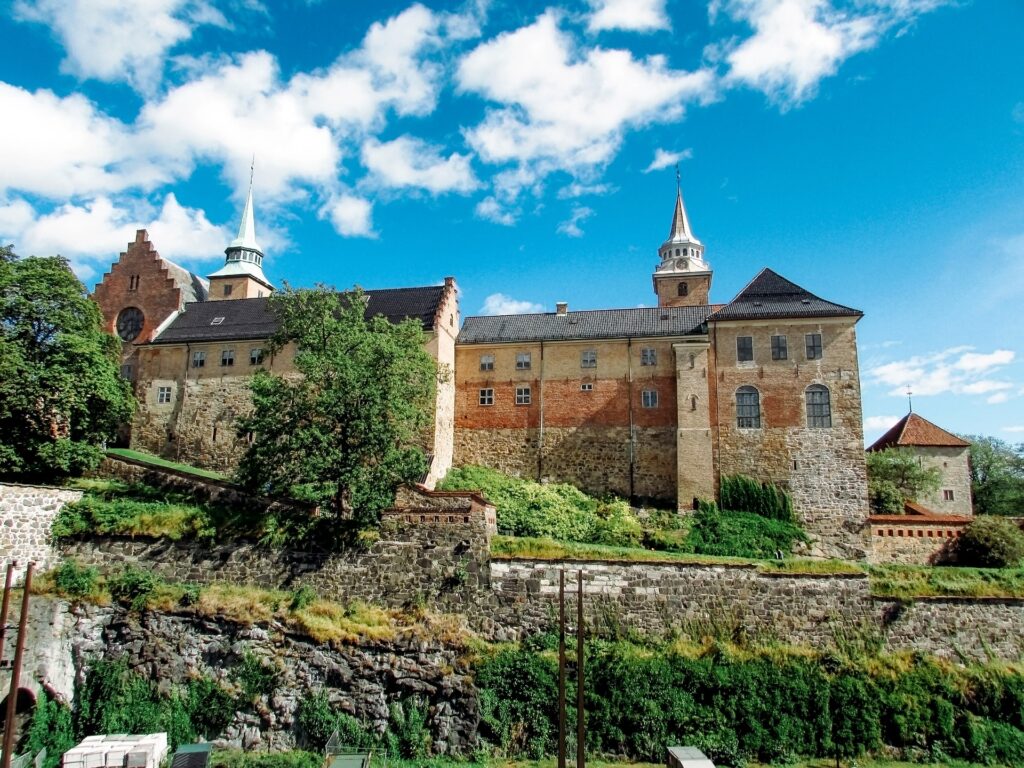Svalbard Northern Lights: Is Longyearbyen the Best Place to See the Northern Lights?
Nestled within the heart of the Arctic, Svalbard is renowned for its mystical “Svalbard Northern Lights”. However, does Svalbard truly emerge as a top-choice destination for avid Aurora hunters worldwide? For those eager to maximize their chances of beholding the mesmerizing Northern Lights, reading this article is an essential step. Svalbard Northern Lights: Understanding the Auroral Oval Imagine the Earth wrapped in a cosmic glow, where lights play an enchanting dance near the poles. This enchantment is the aurora borealis, and it loves to party within a designated zone called the auroral oval. Picture this oval as a celestial playground around the magnetic poles, where the Northern Lights put on their dazzling performances. Svalbard, including the charming Longyearbyen, finds itself right in the heart of this spectacle. Nevertheless, there’s more to the story than just location. Solar winds, magnetic magic, and a touch of Earth’s atmosphere all play a role in illuminating our Arctic skies. Advantages of Longyearbyen: When it comes to experiencing the enchanting dance of the Svalbard Northern Lights, Longyearbyen boasts a few distinct advantages. Positioned within the auroral oval, this charming Arctic town provides a front-row seat to the cosmic performance. The region’s high latitude and proximity to the magnetic pole amplify the chances of witnessing these celestial marvels. Often, clear night skies create a canvas on which the Northern Lights can paint their ethereal strokes. Moreover, during the polar night (typically lasting from late November to mid-February), the sun does not rise above the horizon. Therefore, the prolonged darkness can enhance the chances of spotting the Northern Lights, as there is no daylight to interfere with the aurora viewing. During the optimal seasons, visitors have the opportunity to witness the mystical allure of the auroras. Still, their appearance can be subject to natural variations. Disadvantages of Longyearbyen: While the allure of the Svalbard Northern Lights is undeniable, it’s important to weigh the disadvantages that come with this Arctic wonderland. Longyearbyen, as captivating as it is, presents a unique set of challenges for those seeking to witness the celestial display. Svalbard Northern Lights: Is Longyearbyen the Best Place to See the Northern Lights After All? In the pursuit of the captivating Northern Lights, it’s clear that Svalbard is indeed a good option. However, when it comes to maximizing your chances of encountering the Aurora Borealis, destinations like Swedish Lapland and Kiruna often take the spotlight. Their advantageous combination of favorable weather conditions, accessible locations, and unobstructed views elevate the potential for an awe-inspiring Aurora spectacle. But that’s not to say that Svalbard should be dismissed. This Arctic paradise holds its own allure, from its unique wildlife to its stark landscapes and captivating history. Svalbard is a genuinely intriguing travel destination that goes beyond the ethereal dance of the Northern Lights. Indeed, the opportunities for dog sledding, ice cave exploration, and encounters with Arctic wildlife make this region an unforgettable experience. The key lies in planning your Svalbard journey with a diverse range of activities in mind, instead of fixating solely on witnessing the Northern Lights. This approach guarantees you a multi-faceted adventure that truly captures the essence of this remote wonderland. Whether you’re drawn by the allure of the Svalbard Northern Lights or the broader spectrum of Arctic wonders, Svalbard remains a remarkable destination that promises memories to last a lifetime.
Svalbard Northern Lights: Is Longyearbyen the Best Place to See the Northern Lights? Read More »









